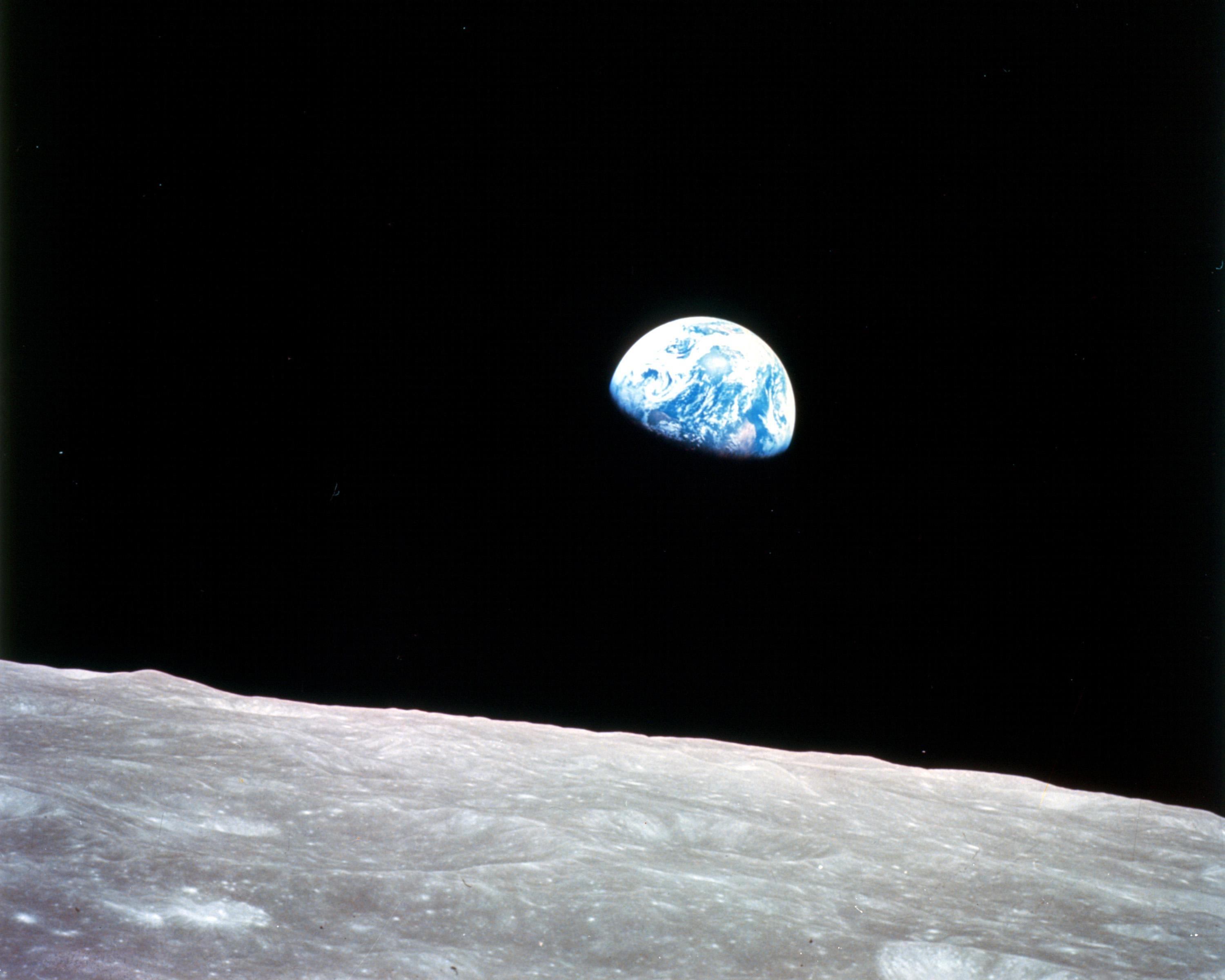Earth from Moon.jpg

Part 3 of 4 Parts (Please read Parts 1 and 2 first)
In terms of infrastructure and accessibility, there is really no contest between the Moon and Mars. The Moon is closer, always has a view of Earth, and can exchange signals and deliverables hundreds of times more quickly than could be exchanged between Earth and Mars. And, due to lower gravity, it is easier to land on and take off from the Moon. Certain infrastructure could be easily shared between the Earth and the Moon, including the Internet. Because of Mars’ remoteness, it would need its own infrastructure.
Perhaps the greatest benefit of all is location. On the Moon, solar power will be a great asset since there is no atmosphere, no cloud cover, and no absorption of radiation on the way down to the surface. A solar panel can be set up on the surface of the Moon and receive the same amount of incident radiation that would be received by an orbital platform. It would only need to have dust cleaned off the solar panels every few decades. Meanwhile, the incident solar flux on Mars is only forty three percent of what it is on the Moon. And that is being measured at the top of the Martian atmosphere. The solar energy that the Moon receives is about twice that received by Mars.
However, the best asset on the Moon is the lunar regolith. This is the dusty outer layer of soil found on the Moon. Mars has terrain that is varied in terms of composition, elevation, and dustiness versus compactness. Many analysts have compared it to the fresh basaltic soils found in Hawaii. However, the material found on the Moon is not just similar, it is actually the same as the material on the Earth.
It is theorized that the Moon and Earth were formed in the same ancient event which was a collision that kicked up debris. We know this because of samples brought back from the Moon and analyzed. The Earth and Moon have a common history in terms of their elementary composition, the chemical compositions of compounds on both and the isotope ratios of materials present. With the exception of the biological components found in the Earth’s topsoil, the regolith is identical in composition to the crust of the Earth.
If the materials on the surface of the Moon is identical to the materials that we have on Earth, this makes the prospect of terraforming the Moon a much easier job that we may have thought otherwise. If we bring a self-enclosed structure, the air necessary to fill it and the bacteria needed to properly enrich the soil, crushed lunar rock will make soil that is sufficient to begin lunar agriculture. There is a possibility that we will not have to bring our own water. Permanently shaded craters on the Moon are known to contain large amounts of frozen water. In 2008, researchers went to test out the suitability of using lunar soil to grow terrestrial plants by attempting in to grow marigolds. When the proper bacteria were added, the resulting plants were entirely healthy.
Please read Part 4 next